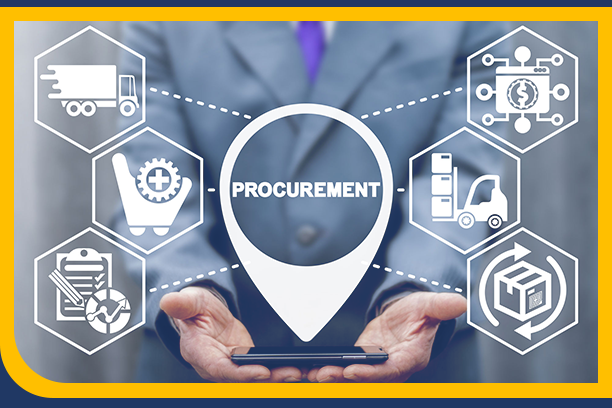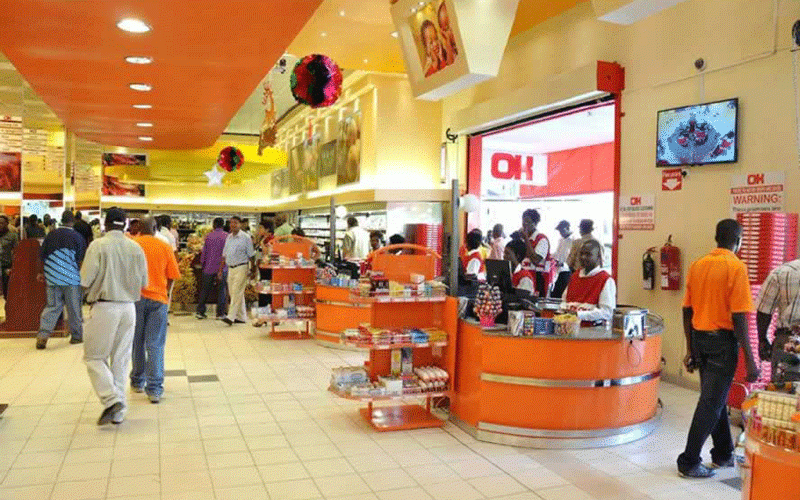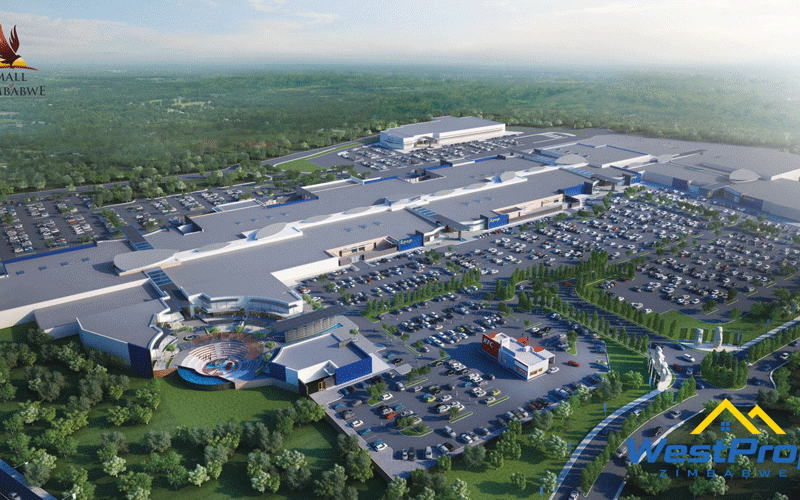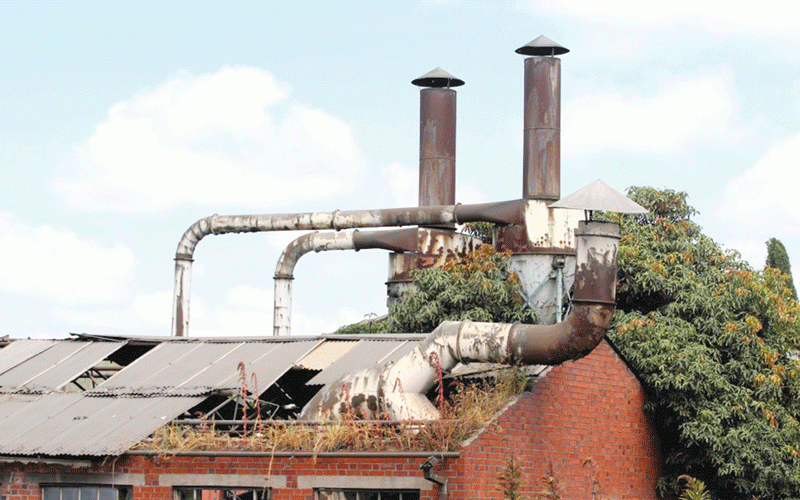
TRADITIONALLY, reverse logistics has always been regarded as the ugly stepchild of supply chain management and for a good reason. Obviously, every product return from the customer represents a failed service encounter.
There is often a tendency to regard product returns as instances of failed sales. Because of that, reverse logistics is often treated as a cost centre and as an operational burden to the organisation. The world of digital shopping has led to a sharp increase in the backward flow of goods.
Many people enjoy the ease of online shopping. With this e-commerce surge, product returns have become inevitable. Products may be returned for a variety of reasons. At individual level, there are certain times when a customer orders a pair of shoes online but when they arrive, the customer may realise that the shoes do not fit properly.
The customer will then decide to return the shoes. The decision to return the shoes kicks off the reverse logistics process. There are also certain times when the product was not what the customer expected, or instances where the colour was wrong, or in situations where the product did not work properly, or it got damaged during transportation.
Reverse logistics, therefore, involves the returning of commodities due to damage, seasonal inventory, salvage, recall, and excess inventory to the manufacturer or forwarding it for servicing, refurbishing and recycling.
There are other various business-to-business reasons why products are retuned. Common reasons include technical specification mismatches, product misrepresentation at the time of product marketing and sales, failure to meet customer expectations.
It also includes buyer’s remorse which is often spurred by impulse online shopping, as well as delivery failure and damaged or defective items. The offering of a fast, convenient, and hustle free returns policy together with value-added services such as repairs, exchanges, or refunds will improve customer experience, satisfaction and retention, leading to increased loyalty and repeat purchases.
Reusable packaging such as pallets, containers, and bins may also be returned to the supplier for reuse in the supply chain. Items that did not sell, especially seasonal products, may be returned from retail shops back to distributors or manufacturers.
- We must not allow bullies to gag us
- Unpacking hidden value of talent management in supply chain (II)
- Chitungwiza artists end 2024 with a promising exhibition
- The real value of reverse logistics in procurement
Keep Reading
The efficient processing of customer returns and the improvement of reverse logistics will enable supply chain leaders to quickly reintegrate products into their inventory system which will enable them to resell them faster, ensuring the reduction in inventory holding costs as well as ensuring maximum product availability.
Those products that cannot be resold or repurposed may be recycled, turning potential waste into reusable resources and minimizing the environmental challenges. Reverse logistics, traditionally seen as a cumbersome aspect of business operations, is undergoing a renaissance.
In today’s digital economic era, where a single click of a button can initiate a purchase, product returns have assumed a paramount role.
Handling of product returns will always remain a big pain point for e-commerce businesses, but it will also remain key to building customer loyalty.
The process deals with the movement of goods from the final destination back to the manufacturer or similar location for thepurposes of return, repair, remanufacturing, recycling or disposal.
It would appear many organisations continue to struggle with returns management while those that seem to do well in this regard are often seen turning negative situations into positive customer experience.
By implementing a reverse logistics process, organizations can increase their profits by repairing or reselling products that would otherwise be written off as losses. Historically, returns have been perceived as a logistical nightmare and a dent in profits.
However, done right, reverse logistics will turn what was traditionally regarded as a cost centre into a profitable business initiative.
Sustainability is a front-and-centre priority for most organizations. There are increasing environmental concerns and organisations are being forced to adopt sustainable business practices.
In a business environment increasingly focused on sustainability, supply chain professionals recognise that reusing and recycling of materials will significantly reduce the use of new materials, which in turn reduces the pollution that is associated with the manufacturing processes and resource extraction. This will be clearly aligned with the growing emphasis on corporate social responsibility and sustainable practices now prevalent in industry and commerce.
Such practices will attract environmentally conscious consumers, contributing to a greener future. Recycling is crucial in reducing the environmental impact of discarded goods, helping to prevent landfills from overflowing with waste.
The integration of robust recycling processes into their reverse logistics strategies will assist organisations in the lowering of carbon footprint and contribute to conserving natural resources.
The pursuit of proper waste disposal processes will be key, particularly in those industries where hazardous materials are a permanent feature. In such industry verticals, there are various regulations on hazardous waste disposal, which are very stringent and those organisations that fail to comply can face hefty fines and reputational damage.
Proper recycling practices will, therefore, assist organisations in the prevention of environmental degradation. For instance, the automotive industry has stringent rules for handling and recycling end-of-life vehicles and their components.
Recycling products will significantly reduce the waste that will be earmarked for landfills. Such eco-friendly practices will contribute to the reduction of carbon emissions and promoting environmental responsibility.
Consumers tend to patronise eco-friendly companies. Instead of throwing away products that have reached the end of their initial useful life cycle, organisations will be in a position to recapture value by refurbishing or remanufacturing them, which aligns with both environmental and economic goals.
There are always chances that products could still be repaired or refurbished and sold for the second or third time, further increasing their life cycle and their utility value.
The idea of repurposing a product creates an avenue for making additional profits out of a returned item. Reverse logistics often involves remanufacturing or refurbishing products to restore them to a like-new condition.
Some of the products that are refurbished will come back in a perfect resale condition enabling companies to resale them at full value. Reverse logistics therefore help to extend the life of products through refurbishment and resale. While no one likes returning purchases, a positive return experience can turn a dissatisfied customer into a loyal brand advocate, boosting customer retention and customer loyalty.
Word-of-mouth referrals and positive online reviews can significantly impact your brand’s image. Overtime, this trust can translate into brand loyalty.
When the modern customers return products to the supplier for whatever reason, they expect a quick and hassle-free return process.
Organisations are expected to process returned goods faster and making sure that the customer waiting time is reduced to the barest minimum. Such end-to-end visibility of reverse logistics will assist organisations to identify bottlenecks, optimise processes and make informed decisions.
Those organisations that take a conscious effort to treat a product return as important customer feedback could easily win the hearts of many consumers.
Often, there is a general belief that those returned products that find their way back into the supply chain are unusable and are ordinarily destined for disposal. But it is important to remember that product returns are just as important as new sales. Allowing customers to return items easily and free of charge is now part of the sales pitch for marketplaces, e-commerce pure players and distributors.
The rise in e-commerce and shifting customer expectations has led to a new landscape for returns. Today’s unforgiving customers will always expect a seamless return experience which is more or less the same as their purchasing experience.
Consumers will always appreciate an easy and hassle-free way for product returns. For many customers, a hassle-free return policy can be the deciding factor for future business.
Customers value the peace of mind that comes with knowing they can easily return a product if it does not meet their expectations. Customer satisfaction and experience extend far beyond the point of purchase. Organisations must recognise that the brand management of post- purchase experiences, especially product returns will significantly influence customer loyalty and perceptions.
The convenience of product returns remains a decisive factor in the consumer’s buying journey. At its core, reverse logistics is no longer just about returns management. How your organisation chooses to handle returned products can either make or break your brand reputation.
Business leaders are now required to see product returns through the lens of opportunity. Reverse logistics has always been the invisible force for correcting supply chain distribution challenges. Businesses are recognising that with optimisation of the reverse logistics system, returns can be transformed from challenges into business opportunities. With the growth of e-commerce, product returns have become increasingly frequent. Yet, returns can bring opportunities for growth.
It, therefore, represents conventional logistics flows but in reverse, since the items return from the point of consumption or sale to the warehouse, where they are exchanged, refunded, reused, repaired, refurbished, recycled and if their condition allows, resold. Reverse logistics is, therefore, worth doing, and worth doing properly for the common good.
Nyika is a supply chain practitioner based in Harare. — [email protected].











